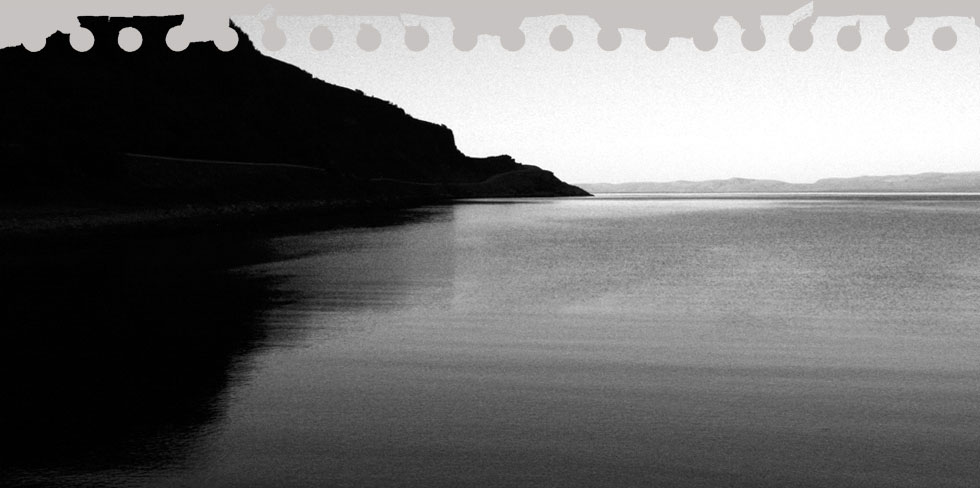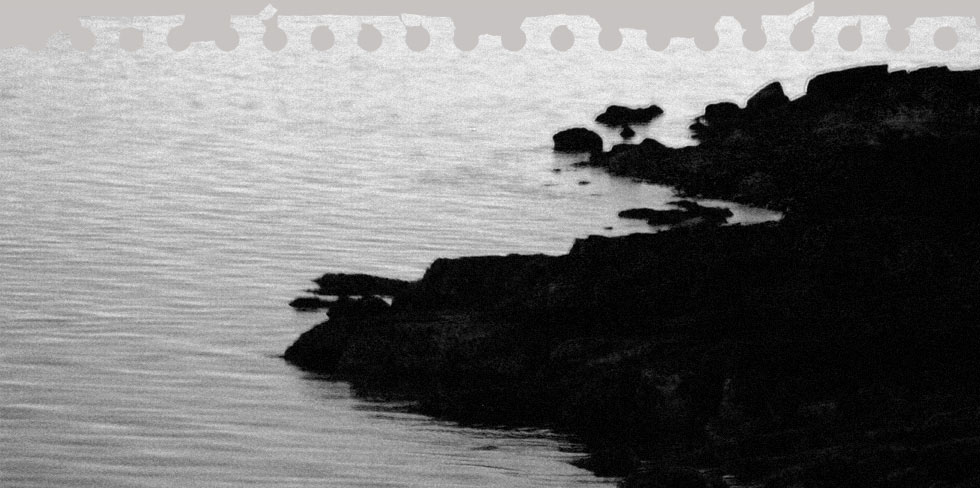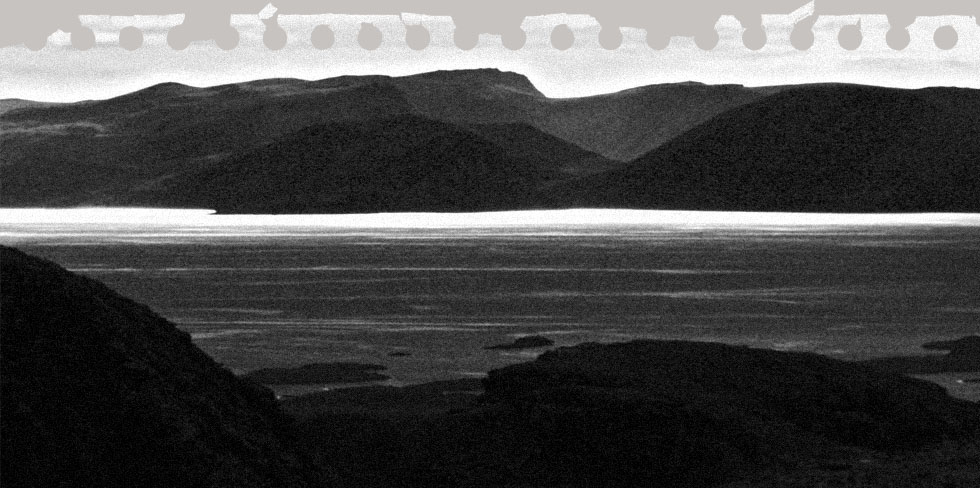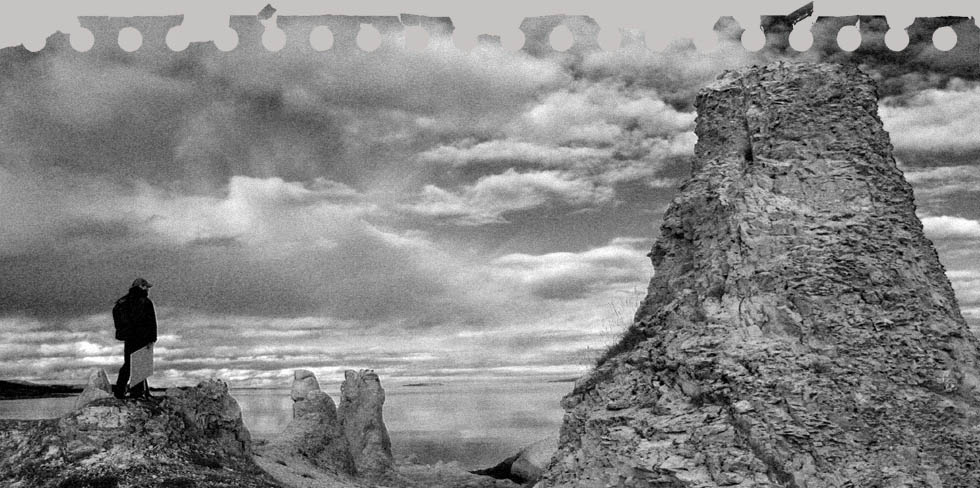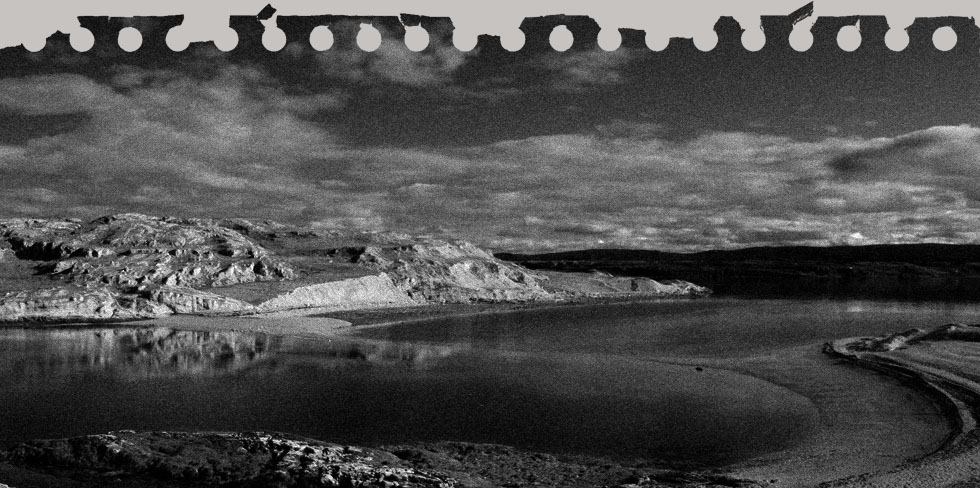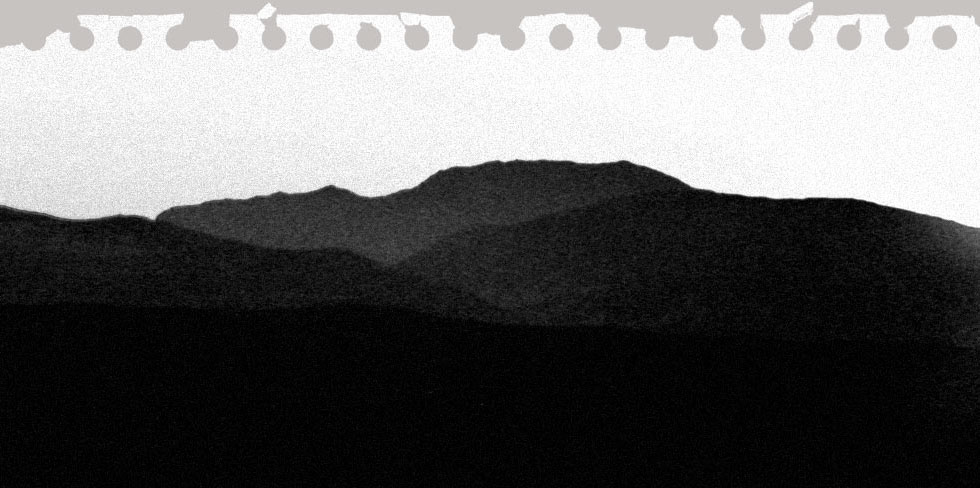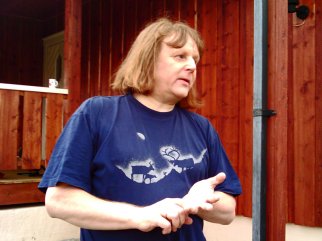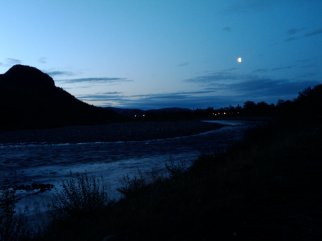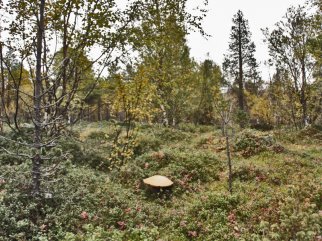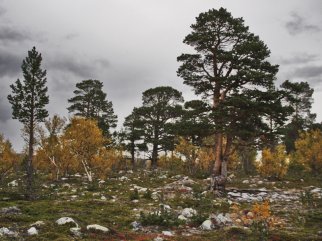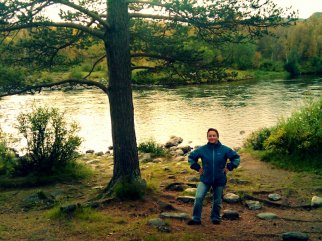During their different journeys of the MEMORIA Norway project, SpringerParker will update the Logbook on a regular basis.
It documents their route and events in forms of on location photos and descriptions sent directly via the mobile phone to this website.
Clicking at the geographical data to the left of the entries lets you follow their route on the map.
EXPLORATION SUMMER (September 2009)
Sep-13-09 - 17:15
Palsmyr
Åge Persen also told us where to go to find a special phenomenon which is called Palsmyr in Norwegian. These Palsas are occurring in polar climates, mostly in wetlands, they develop over permafrost floors, where so called ice lenses have developed within the soil, which are binding the surrounding water. They often occur in groups. The soil is pushed up to the grounds, leaving these typical formations and cracks in the surface up to a few meters high. This phenomenon has almost dissappeared in Finnmark because there are only a few Permafrost areas left.
Sep-13-09 - 16:50
Åge Persen
Today we met Åge Persen at his house near the National Park. He is publishing books in the Sámi language and comes from a Sámi fisher family. He is also responsible for the fishing licensens in this area. He knows everything about the fish and fishing, since he caught his first fish when he was very young. He and his family still use a lot of the natural resources of the area which provide food for a large amount of the year, like the different kinds of berries and fish. He told us how the fish population changed over the last years. This year they had to start restricting fishing of some species, because their population is decreasing every year, which is also caused be the rising temperatures.
Sep-12-09 - 20:05
The Stabburs River
Night view over the Stabburselva river which is about 60 km long, and is one of the most pristine larger rivers in Norway. For the coastal Sámi people, the natural resources of Stabbursdalen formed a significant part of their subsistence. Hunting, fishing and collecting animal fodder have long traditions, but by careful harvesting few traces remain in the landscape. Among the fish species commonly found in the river are salmon, sea trout, sea char and brown trout. The river Stabburselva starts in the Finnmarks plateau and ends in the Porsanger Fjord.
Sep-11-09 - 17:00
Hailstorm
View towards the Porsanger Fjord over the camping area. This summer was so hot and dry that there are not as many flowers around as during the same time last year. All shades between orange, yellow and green are the dominant colors of the autumn. Some say the winter might come very early this year. Today there was a hailstorm coming down over the area.
Sep-11-09 - 16:05
Mushroom
That mushroom was just gigantic and deserved a snapshot.
Sep-11-09 - 15:50
Worlds northernmost pine forest
Part of the Stabbursdalen National Park is the worlds northernmost pine forest, with some of the trees dated up to 500 years old. The forest has only survived because of the influence of the gulf stream on the climate and because it lies sheltered in the valley. One of the most important goals of the park is the protection of these trees.
Sep-11-09 - 14:30
The Stabbursdalen National Park
Today we had a guided tour into the Stabbursdalen National Park by Liss Beth Gjertsen Nyby. This natural reservat is a broad valley at the head of the Porsanger Fjord and covers an area of 747 sq.Km. It ranges from Stabbursdalen to Alta. It is the northernmost habitat for several animals and birds, like the Three-toed Woodpecker, Common Goldeneye, Goosander, Brambling, Arctic Tern, Lesser white-fronted Goose, a.o. Many ornithologists are doing research in this area.
